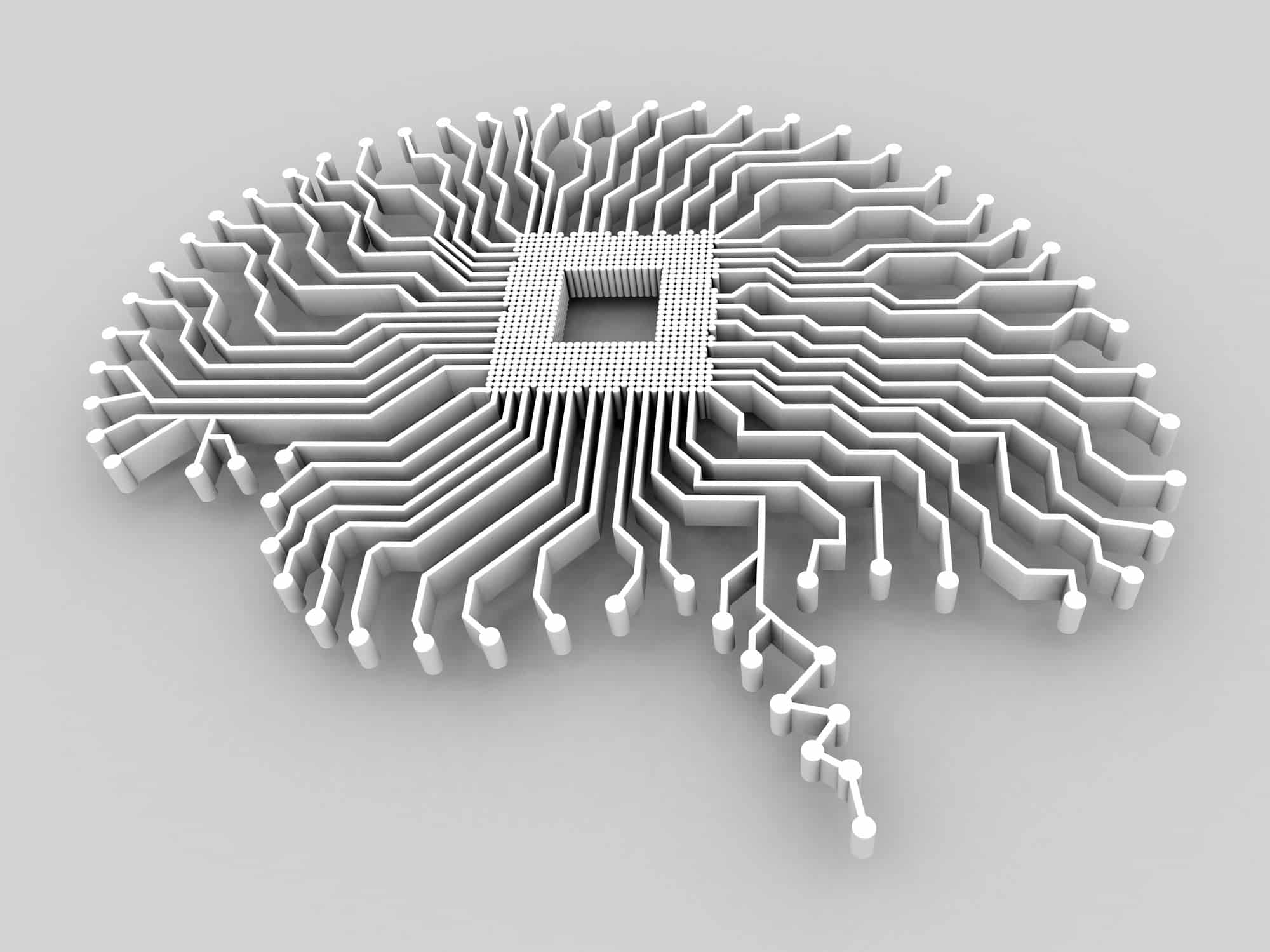“Are you tired of drowning in a sea of data? Do you want to speed up your machine-learning algorithms without sacrificing accuracy? Look no further than dimensionality reduction! In this blog post, we’ll explore what exactly dimensionality reduction means in the world of machine learning, how it can improve your models and some popular techniques for implementation. Get ready to declutter your datasets and unlock the full potential of your AI systems!”
What is dimensionality reduction in machine learning?
In machine learning, dimensionality reduction is a process of reducing the number of variables in a dataset by identifying and eliminating duplicate observations. Duplicate observations are data points that share the same values for multiple variables. By eliminating duplicate observations, you can reduce the number of variables in a dataset. This makes it easier to train machine learning algorithms on the data.
There are several ways to identify and eliminate duplicate observations in a dataset. One method is to determine which variables are most important for predicting the outcome of interest and dedicating more resources to datasets with more predictive variables. Another method is to reduce the dimensions of a dataset by grouping similar data points together into new dimensions. Finally, sometimes it is possible to recover all the original variables from a reduced dimensional dataset using k-means clustering or principal components analysis.
Dimensionality reduction in supervised learning
supervised learning is a supervised learning algorithm that aims to reduce the number of variables in a data set by gradually introducing new variables into the model as evidence is collected. The goal of dimensionality reduction is to make the model as small and simple as possible while retaining accurate predictions. There are a variety of techniques that you can use it for dimensionality reduction, but some common methods include:
- Filtering- Filtering removes unwanted data points from a dataset by using a filter algorithm. Common filtering techniques include the Kruskal-Wallis test and the Pearson correlation coefficient.
- Aggregation- Aggregation reduces the number of variables by grouping similar data points together. Common aggregation techniques include the mean, median, and mode.
- Reduction via feature subsetting- Reduction via feature subsetting removes unnecessary features from a dataset in order to reduce its size. You can do this feature subsetting manually or through machine learning algorithms.
Dimensionality reduction in unsupervised learning
There are many ways to reduce the dimensionality of data. One common approach is to group data items into classes or clusters based on some property of the data. You can do this automatically by using machine learning algorithms. Moreover, you can do it manually by looking at the data and deciding which groups of items are similar.
Another way to reduce the dimensionality of data is to use transformations on the data. As an example, you could convert the data in a way that represents each item with a single number rather than a combination of numbers and symbols. This transformation is referred to as dimensional reduction, as it reduces the number of dimensions within the dataset.
Finally, you can sometimes eliminate entire dimensions from the dataset by excluding certain values from the dataset. For example, you might remove all values that are not between 0 and 1 or all values that are not within a certain range. This is called feature reduction because it reduces the number of features in your dataset.
Applications of dimensionality reduction in machine learning
One of the most fundamental tasks in machine learning is reducing the dimensionality of data. Dimensionality reduction helps to make the data more manageable and easier to understand. There are many applications of dimensionality reduction in machine learning, but some of the most common techniques include:
- Principal component analysis (PCA): PCA helps to reduce the dimensionality of data by finding linear combinations of variables that explain most of the variance in the data.
- Singular value decomposition (SVD) decomposes a matrix into its singular values. This offers insights into how effectively each column or row can be explained by the other columns or rows. This can be helpful when trying to find patterns in high-dimensional data.
- Independent component analysis (ICA): ICA partitions a given dataset into independent samples, which can help to identify hidden patterns in the data.
- Neural networks: Neural networks are good at identifying patterns in datasets because they are able to represent complex relationships between variables using discrete layers of neurons.
- Boosting: Boosting is a technique that trains neural networks using a Gradient Descent algorithm. This algorithm tries to find an optimal set of weights for the neural network so that it can best learn from training data.





